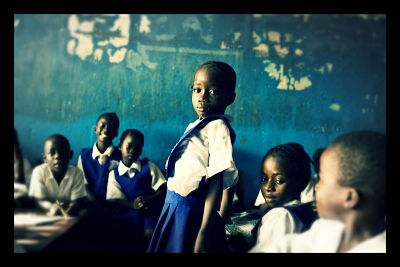Education Remains a Challenge in South Africa

South Africa has made a number of strides as a nation since the end of Apartheid. According to UNICEF, South Africa boasts one of the highest literacy rates for an African country with close to 90 percent. As a result of a perceived increase in education, many corporations have begun making long-term investments in the nation. Unfortunately, such investments reveal deep shortcomings in the South African education system.
While primary education seems to be trending towards higher and higher enrollment statistics, secondary education is still lagging. Less than 50 percent of secondary-age students attend high school. And of those that did, only 78 percent receive grades deemed satisfactory on their final exams to achieve a high school certificate. Furthermore, only 31 percent received grades high enough to apply for a university education.
These education statistics reveal a deep disconnect between both rich and poor, as students who can afford tuition at private institutions receive significantly better grades and more opportunities for higher education and employment. Meanwhile, students in lower-income communities are forced to attend an underfunded public system ranked third lowest globally, according to the World Economic Forum. As a result, many young South Africans are forced to enter an increasingly cosmopolitan South African job market with little qualification.
Many corporations see the value of investing in global education, particularly in South Africa. According to the Brookings Institute, American corporations donate over $500 million annually to international education markets. A prime example of such donation is seen at engineering and technology conglomerate Siemens AG. Siemens South Africa recently opened the Mandela School of Science and Technology in Mvezo, the rural birthplace of Nelson Mandela.
The Mandela School represents the first high school in the village. It is meant to help address the lack of skilled workers on the South African job market by boosting opportunities for academic achievement. In doing so, Siemens hopes to create a much more diversified workforce and help to attract more middle class jobs to South Africa.
With an unemployment rate hovering around 25 percent, more investment in South African education is needed in order to create more job opportunities for South Africans.
– Taylor Diamond
Sources: Bloomberg, New York Times, UNICEF, Brookings Institute
Photo: UNESCO
